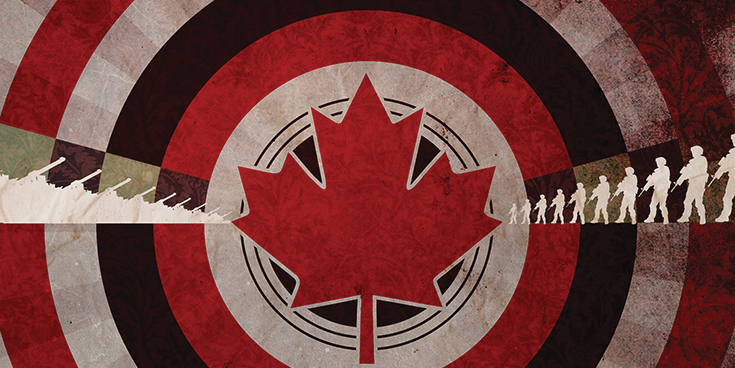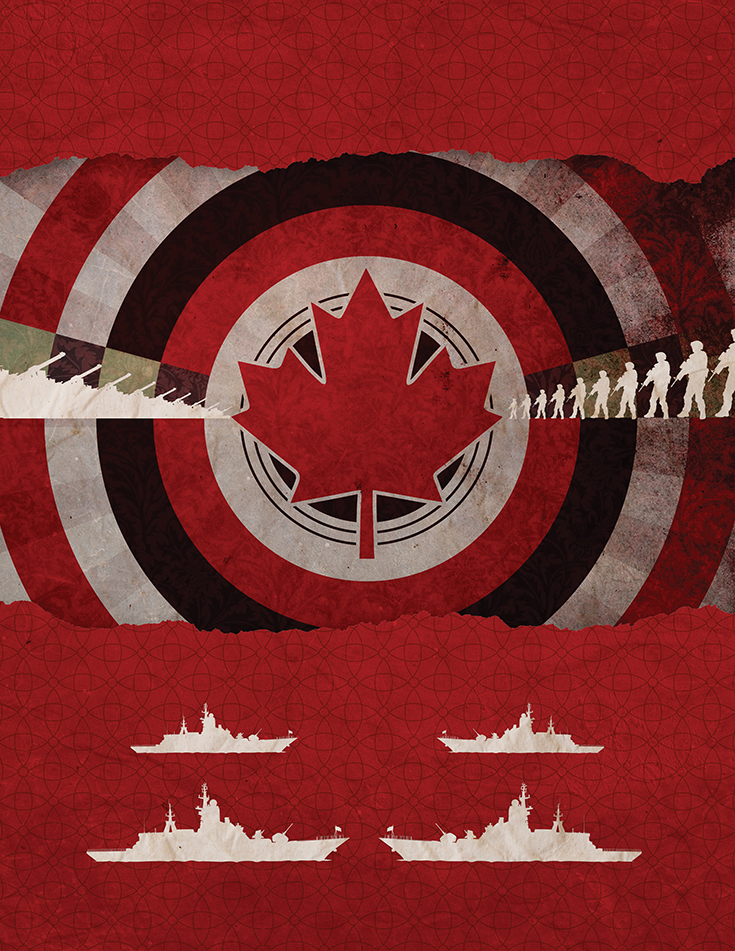Canada boosts defense spending to address an evolving threat environment
THE WATCH Staff
When Canadian Defence Minister Harjit Sajjan announced Canada’s new defense policy, analysts widely agreed the commitment to better training, improved troop support and new, modern equipment and weaponry are needed if the Canadian Armed Forces are to transition successfully into a force ready for future challenges. Gen. Jonathan Vance, chief of the Defence Staff, said it was a “great day to be in uniform.” The plan, named Strong, Secure, Engaged, calls for an increase in defense spending of $13.8 billion Canadian (U.S. $10.8 billion) to $32.7 billion Canadian, or 73 percent, over the next 10 years.
The title of the new policy represents the three core objectives of Canada’s defense doctrine: “Strong at home,” to defend the Canadian homeland and protect Canadian citizens; “Secure in North America,” reflecting Canada’s defense partnership with the United States in the North American Aerospace Defense Command (NORAD); and “Engaged in the world,” recognizing Canada’s commitment to global peace and stability through membership in the NATO alliance and participation in United Nations peacekeeping and humanitarian operations.
Partnerships
As a measure of the importance of these partnerships, Canada consulted its allies and partner organizations throughout the policy development process. Minister of Foreign Affairs Chrystia Freeland said, “The ability to operate closely with allies and partners is an invaluable instrument of Canada’s foreign policy” and noted that the policy will enhance joint endeavors against global security threats and in defense of the shared North American homeland.
This step is important in light of the heightened emphasis within NATO on increasing defense funding and shoring up member military capabilities, which was sparked by Russian aggression along the Alliance’s eastern flank. Russia’s illegal annexation of the Ukrainian territory of Crimea and military interference in eastern Ukraine have refocused post-Cold War NATO. The interference involved Russian military units not wearing their insignia and Russian support to friendly rebels in eastern Ukraine and Crimea.
“If we are serious about Canada’s role in the world, then we have to be serious about funding our military.”
Harjit Sajjan, Canadian Defence Minister
NATO Secretary-General Jens Stoltenberg reported that the alliance is boosting defense spending by 4.3 percent in 2017, adding that many members have committed to work toward the military spending goal of 2 percent of a country’s gross domestic product. U.S. Secretary of Defense James Mattis applauded the new Canadian policy, saying it “demonstrates Canadian resolve,” and Stoltenberg said that it “affirms Canada’s unwavering commitment to NATO.”
Increasing capabilities not only make Canada a more reliable and credible partner, as Sajjan pointed out, they also enhance Canadian sovereignty. “If we are serious about Canada’s role in the world, then we have to be serious about funding our military,” he said. Canada, however, “in terms of willingness to undertake missions and send Soldiers into harm’s way, punches far above its modest budget weight within NATO,” which amplifies its voice internationally, Sajjan said, according to The Globe and Mail newspaper.
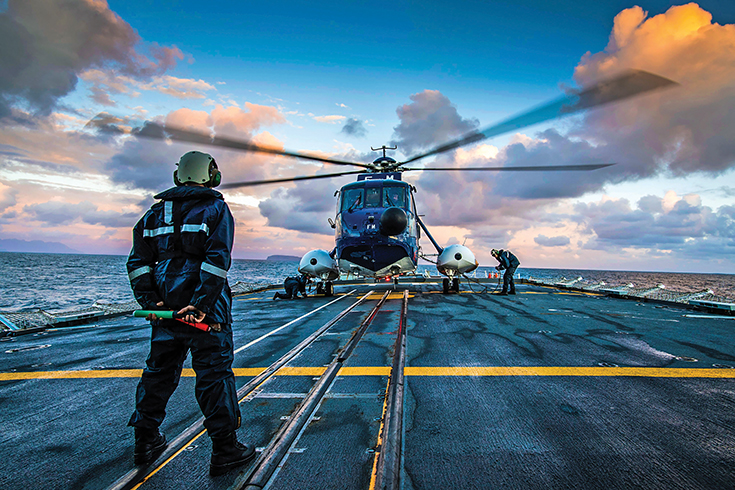
As the policy document points out, a larger, more effective and better-equipped Armed Forces can better defend against any threats — existing, developing or yet unknown — to the nation’s borders and interests. Of particular importance is Canada’s offshore economic zone in the Arctic. An April 2017 report on military spending and capabilities from the Standing Senate Committee on National Security and Defence said Canada’s top strategic challenge is defending sovereign rights in the Arctic. “The significant challenges involved in carrying out sovereignty protection are likely to grow as our Arctic becomes more accessible,” the report states. “Effective protection of national sovereignty will require greater attention and investment in decades ahead” and will require a wide array of capabilities and “the ability to operate effectively on both land and on and under the sea in the Arctic.”
As of August 2017, Canada was deploying about 800 troops in the fight against the Islamic State and about 200 providing training to Ukraine’s military. Canada is also leading NATO’s Enhanced Forward Presence battlegroup in Latvia, with 450 troops from the 1st Battalion Princess Patricia’s Canadian Light Infantry.
The Plan
People — Strong, Secure, Engaged aims to place an “unprecedented focus” on supporting troops and their families, from recruitment to retirement, and providing them resources they need to succeed. Gen. Vance called the plan’s emphasis on the troops a big morale booster. “It’s a good thing for a military to know its country has its back,” he said.
The size of the active Regular Force will increase by 3,500 to 71,500, and the Reserve Force will grow by 1,500 to 30,000, with the reserves receiving new operational roles and improved integration with the Regular Force.
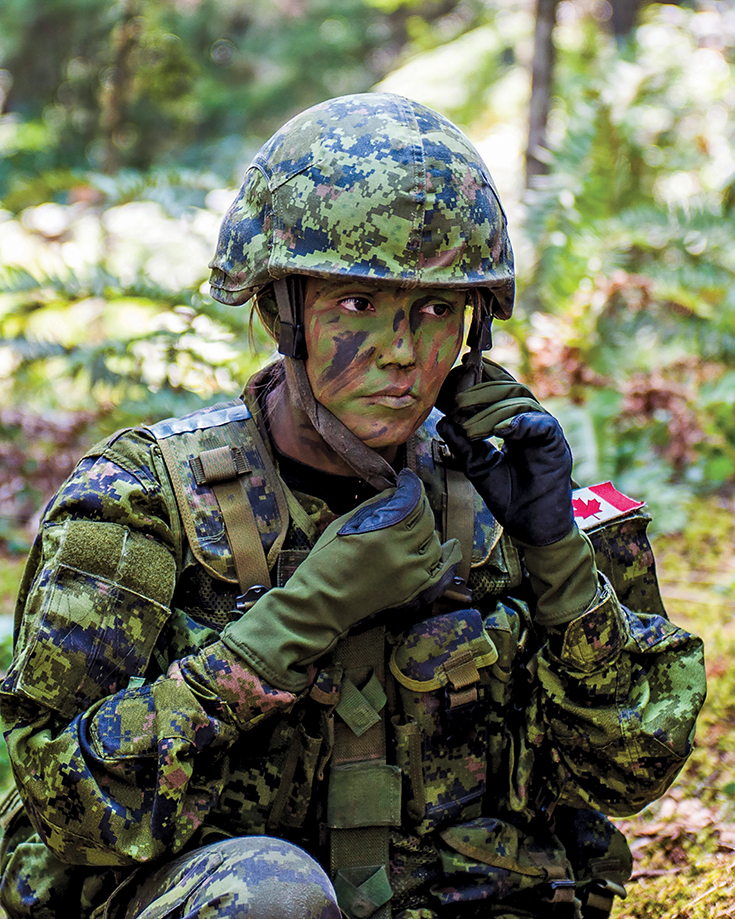
The plan includes tax relief for deployed service members, targeted recruiting for unique skills, greater diversity, significant investments in family resource centers, a comprehensive approach to health care and improved care for veterans. The aim is to improve recruitment and retention, while making the force ready and resilient.
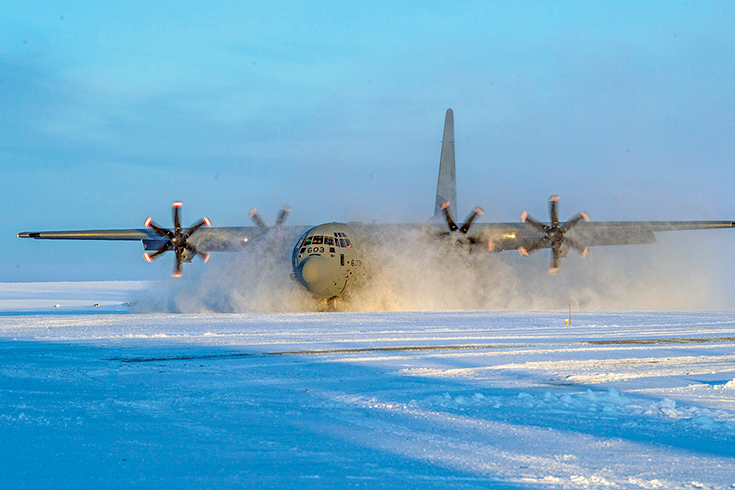
Weapons, equipment and technology — Canada’s forces will be getting new weapons and equipment. The plan promises to supply the Royal Canadian Navy with 15 new Canadian surface combatant ships to replace its aging fleet of frigates and already retired destroyers, which will be “one of the largest acquisitions in Canadian shipbuilding history.”
The Royal Canadian Air Force (RCAF) is slated to receive 88 advanced fighter aircraft, necessary to meet its obligations to NORAD and NATO, to replace about 80 CF-18 Hornets, which are rapidly approaching the end of their safe flight life spans. According to the Defense Industry Daily website, there is some debate over which fighters the RCAF will acquire. The previous government had committed to the CF-35 Joint Strike Fighter, but the new government has expressed doubts about the cost compared with European-sourced alternatives. Canada will also invest in restoration of aircraft, including the CP-140 Aurora anti-submarine and surveillance aircraft.
The Canadian Army will refurbish its land combat capabilities and vehicle fleets, acquire new armored vehicles, modernize its command and control systems and enhance the capabilities of light forces to better address modern challenges. Special Operations Forces have proven to be an invaluable tool in the fight against terrorism and other nonconventional threats. Special Operations Forces will become both larger and more agile.
Today’s constantly evolving threat environment requires new and flexible approaches. Because intelligence and the real-time flow of information are key to success in modern military operations, Strong, Secure, Engaged commits Canada to acquire the latest in intelligence, surveillance and reconnaissance platforms, including next-generation unmanned aerial vehicles and space-based systems, as well as investment in intelligence experts. Cyber and space capabilities must remain at the cutting edge to defend against sophisticated threats, requiring highly skilled operators and enhancement of offensive and defensive cyber capabilities. To promote innovation in critical, cutting-edge research and development, $313 million Canadian is targeted for the Innovation for Defence Excellence and Security Program.

